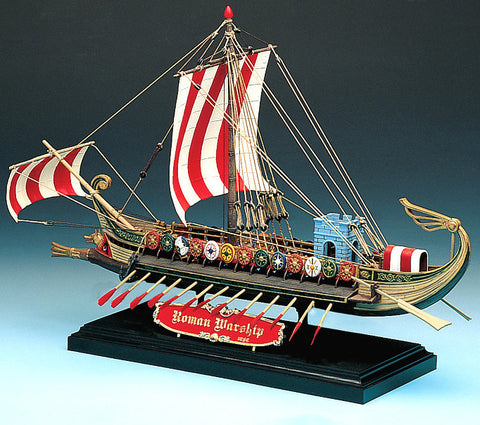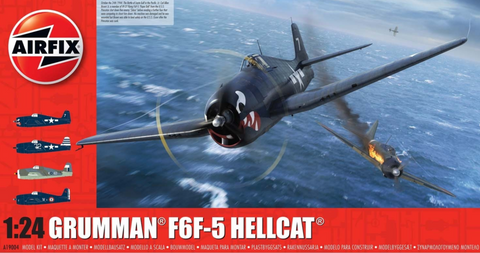The original of all present-day vans and transporters dates back to the platformtruck used in the late 1940s for internal transport at the Volkswagen works at Wolfsburg. It inspired the Dutch importer Ben Pon with the idea of a transport vehicle. At the end of the 1940s VW developed several prototypes for a roomy vehicle suitable for transport purposes. As none of the names they had in mind for it was available for unrestricted use, the new vehicle class received the name Transporter . From 8th March 1950 the first generation of the transporter went into production. The truck with its typical V shaped front and split windscreen was available in various versions, including a minibus. The technology was based on the Volkswagen Type 1, so called Beetle so that the T1 had an air-cooled, 4-cylinder, horizontally opposed engine. This reliable rear engine had a capacity of 1.2 litres which was increased to 34 hp in 1961. The deluxe version of the minibus, the special nine-seater model, is still known as the Samba Bus and, with its oval roof windows, very comfortable seats, a folding roof and very many chrome parts, has an unmistakable automobile charm.
- Multi-part bodywork
- Detailed internal fittings with dashboard and bench seats
- Movable doors and tailgate
- Movable front-wheel steering assembly
- Roof can be built optionally closed or folded back
- Reproduction engine
- Rotating wheels
- European and American bumper bars
- Chrome wheel caps, door handles, windscreen wipers and front badge
- Authentic decals with decorative strips and various country codes (D, NL, F, GB and USA)









